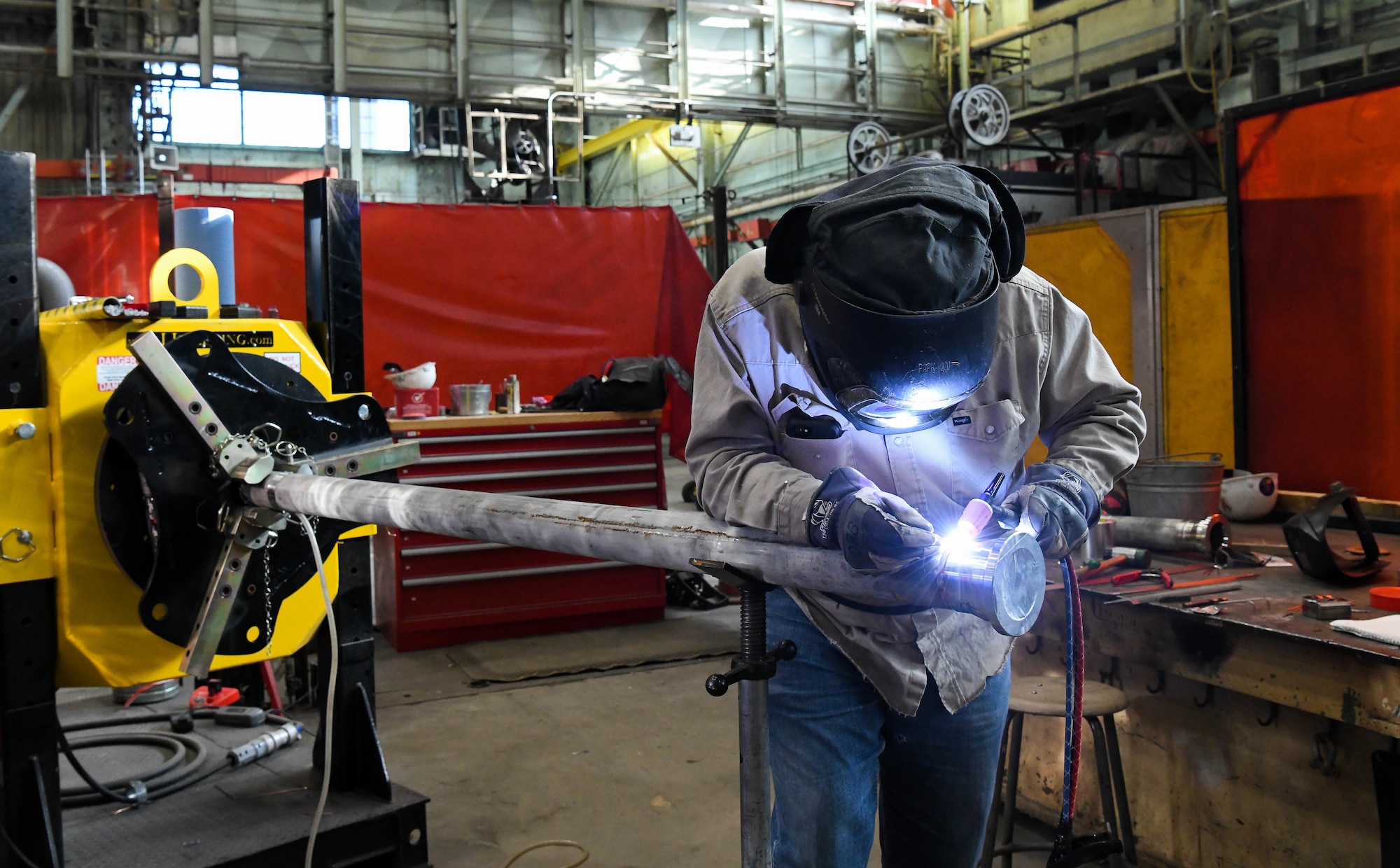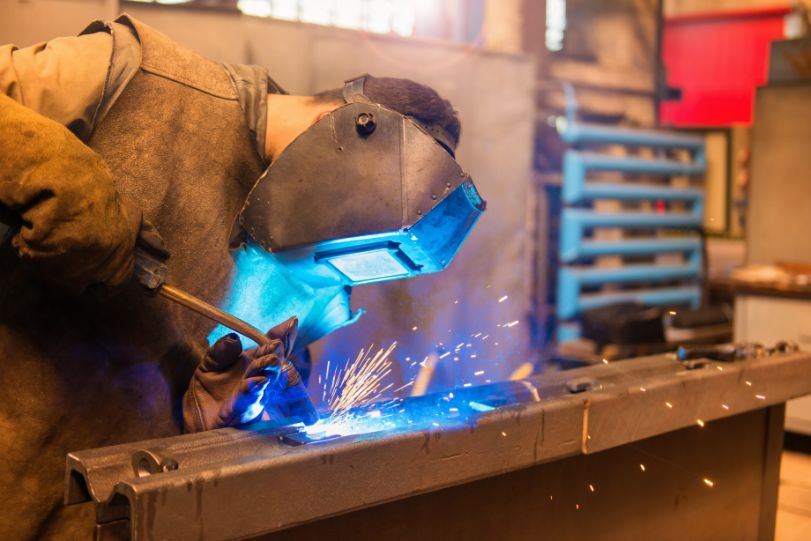The Ultimate Guide to Welding WPS Procedures: An Extensive Overview for Welders
In the detailed world of welding, Welding Procedure Requirements (WPS) act as the backbone of making certain quality, consistency, and safety and security in welding procedures. Comprehending the subtleties of developing, applying, and keeping an eye on WPS treatments is crucial for welders seeking to raise their craft and satisfy market standards. As we explore the different elements of a WPS and explore the details of certification and certification, we will discover the essential role these procedures play in the realm of welding. Allow's start a trip to unwind the complexities and value of WPS treatments in welding techniques.
Relevance of WPS Procedures
Comprehending the relevance of Welding Treatment Specifications (WPS) treatments is critical for making certain the top quality and stability of welded frameworks. WPS treatments serve as a roadmap for welders, laying out the essential steps, parameters, and products needed to attain a sound weld. By adhering to WPS standards, welders can make certain consistency in their work, leading to structurally sound and trusted welds.
One of the primary reasons why WPS procedures are crucial is their role in preserving weld high quality and honesty. Complying with the specified welding criteria and techniques described in the WPS helps stop issues such as porosity, fracturing, or insufficient fusion, which can jeopardize the toughness and longevity of the weld.

Components of a WPS
A Welding Procedure Specification (WPS) typically consists of necessary elements that information the particular requirements for implementing a weld, making sure consistency and top quality in the welding process. The key parts of a WPS include important variables such as base steels, filler steels, interpass and preheat temperatures, welding procedures, protecting gases, welding positions, and post-weld warmth treatment needs.
Base steels refer to the products being signed up with, while filler metals are made use of to load the void between the base metals during welding. The welding process outlines the particular strategy to be made use of, whether it's gas steel arc welding (GMAW), shielded metal arc welding (SMAW), or one more technique. Welding settings define the alignments in which welding can be done.

Credentials and Qualification
Having developed the essential parts of a Welding Treatment Spec (WPS), the focus now shifts towards the crucial aspects of qualification and certification in welding methods.

Qualification, on the various other hand, is the formal acknowledgment of a welder's certifications by a relevant qualification body or organization. Welding accreditations are usually based upon the details welding procedures, products, and settings a welder is qualified to collaborate with. Holding a legitimate welding qualification demonstrates that a welder fulfills sector standards and is competent to execute welding tasks to the called for requirements.
Developing a WPS
To establish a Welding Treatment Specification (WPS) that satisfies sector standards, mindful consideration of welding processes, materials, and functional specifications is crucial (welding WPS). The very first step in creating a WPS is to recognize the welding process to be made use of, such as gas metal arc welding (GMAW) or shielded metal arc welding (SMAW) When the welding procedure is established, the next important element is picking the proper products, thinking about variables like base steel type, thickness, and joint layout. Functional criteria such as welding existing, voltage, travel rate, and shielding gas composition should also be meticulously specified in the WPS.

Implementing and Checking WPS
Upon settling the extensive Welding Procedure Requirements (WPS) that thoroughly details welding processes, products, functional specifications, and quality more info here guarantee measures, the focus shifts to successfully implementing and keeping track of the well established treatments. Application involves making sure that all welders involved in the job are familiar with the WPS and follow it carefully during the welding procedure. Reliable implementation and surveillance of the WPS are essential for making certain the integrity, stamina, and security of the welded joints, eventually contributing to the overall success of the welding project.
Verdict
Finally, understanding and following Welding Procedure Specs (WPS) is important for welders to guarantee quality, consistency, and security in their work. browse around here By recognizing the parts of a WPS, obtaining proper credentials and qualifications, creating in-depth treatments, and applying and monitoring them effectively, welders can boost their abilities and efficiency in welding methods. Abiding by WPS treatments is important for creating top quality welds and conference industry requirements.
In the detailed world of welding, Welding Procedure Specs (WPS) offer as the foundation of guaranteeing top quality, consistency, and safety in welding operations. The welding procedure outlines the particular strategy to be utilized, whether it's gas steel arc welding (GMAW), shielded steel arc welding (SMAW), or an additional approach.To develop a Welding Treatment Requirements (WPS) that meets market requirements, careful consideration of welding procedures, materials, and operational criteria is essential. The very first step in developing a WPS is to recognize the welding procedure to be made use of, such as gas metal arc welding (GMAW) or shielded steel arc welding (SMAW)Upon finalizing the comprehensive Welding Treatment Requirements (WPS) that carefully details welding processes, products, operational parameters, and quality guarantee measures, the emphasis shifts to successfully carrying out and monitoring the well-known procedures.